The Best Nutrients For Cannabis Plants
Published :
Apr 22, 2019
Categories :
Cannabis cultivation

There are so many nutrients required when growing cannabis that things can get a bit confusing. Use this simple guide to make sure your plants have access to all of these nutrients—at the correct times—to ensure health, vitality, and optimal yield.
Just like humans, cannabis plants require a balanced diet in order to remain healthy. Cannabis plants extract nutrients from the soil using their complex root system, sometimes with assistance from symbiotic fungal networks. In nature, cannabis has the pleasure of growing in soil that has developed over thousands of years and is therefore dense in all of the necessary nutrients. However, within the more artificial environments of grow rooms and even gardens, growers need to make sure to supplement soil with nutrients to avoid missing out on anything that could cause deficiency symptoms and possibly impact yield.
This aspect of growing weed can be quite confusing for growers, especially those who are new to the artform. As well as requiring a full spectrum of nutrients, plants need them at the right times within the grow cycle to optimise yield. In this article, we’ll cover exactly what nutrients cannabis plants need, in what quantities, and at what time.
WHAT NUTRIENTS DO YOUR CANNABIS PLANTS NEED?
Cannabis plants require two main categories of nutrients. The first type are called macronutrients, as plants need these in large quantities to remain healthy and vibrant. These nutrients include the minerals and elements nitrogen, phosphorus, potassium, sulfur, magnesium, and calcium. Plants also require the vital nutrients hydrogen, oxygen, and carbon, which they can obtain successfully from the air and water, meaning growers don’t have to worry about going out of their way to provide these.

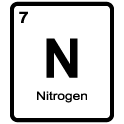 NITROGEN
NITROGEN
Nitrogen is an element crucial to the normal growth and development of vegetative life, and is by far the most important nutrient in all plant species. Plants use nitrogen in the form of NO₃- (nitrate) and NH₄+ (ammonium), which helps fulfil important biochemical and physiological functions, and also significantly increases yield at the end of the day. Nitrogen plays a fundamental role in the process of photosynthesis as it’s a prominent component of chlorophyll in plants. This green pigment is what helps plants convert the light from the sun into glucose energy. The element also assists the roots in the important tasks of nutrient and water uptake. Adenosine triphosphate (ATP), the molecular unit of energy, features a nitrogenous base and is required to initiate cellular processes.
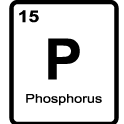 PHOSPHORUS
PHOSPHORUS
Phosphorus is an element required by all living organisms to sustain life. Plants also depend upon phosphorus to ensure adequate growth and maturity. The element plays an important role in the processes of photosynthesis, respiration, cell division, and energy storage and transfer. It’s also an important part of DNA, RNA, and ATP production. Adding phosphorus to your plant’s diet in the correct quantities will help with root development, stem strength, flower size and quality, and resistance to disease.
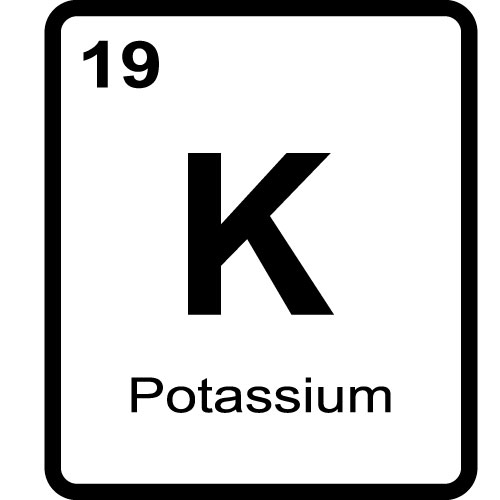 POTASSIUM
POTASSIUM
Potassium is involved in a long list of physiological functions within cannabis plants. It aids in photosynthesis by opening and closing the stomata (tiny pores within plant tissue) to achieve CO₂ uptake. Potassium also regulates water concentration within plants via a process known as osmoregulation. The element is also involved in activating enzymes that help to produce ATP and stimulate plant growth. Finally, potassium can also improve drought resistance in plants, making the chemical particularly useful in drier regions.
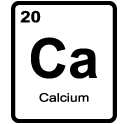 CALCIUM
CALCIUM
Calcium is an essential plant nutrient that plays important structural roles within the cell wall and membranes, and acts as an intracellular messenger. Without proper calcium levels, tissues such as root tips and young foliage fail to form properly.
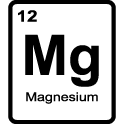 MAGNESIUM
MAGNESIUM
If there’s one element that is vital to photosynthesis, it’s magnesium. This nutrient allows chlorophyll to capture the energy of the sun to be converted into sugars. As well as helping in the creation of sugars, magnesium is also involved in the metabolism of these carbohydrates.
NUTRIENT RATIOS DURING DIFFERENT PHASES OF GROWTH
Of all these nutrients, nitrogen (N), phosphorus (P), and potassium (K), known collectively as N-P-K, are the most vital. You’re probably familiar with these three letters, as they are often plastered over nutrient products to signify their presence. N-P-K levels are required in different ratios during different stages of the grow cycle. During the vegetative phase, there is a higher demand for nitrogen and potassium. Therefore, a 3-1-2 N-P-K ratio is desired during the first few weeks of growth.
During the flowering phase of the grow cycle, these demands shift, and less nitrogen is required. Too much nitrogen during this stage can result in suboptimal flower development and a rough taste when smoked. However, higher levels of phosphorus and potassium are required during this time to boost flower quantity and quality. A ratio of 1-3-2 N-P-K is recommended during flowering.
When it comes to calcium and magnesium, growers can obtain a single Cal-Mag supplement to be used if signs of deficiency arise. It’s not necessary to add Cal-Mag for no reason, as these elements may already be available in the soil. Still, it’s a great tool to have at the ready if your plant shows signs that it’s not getting enough.
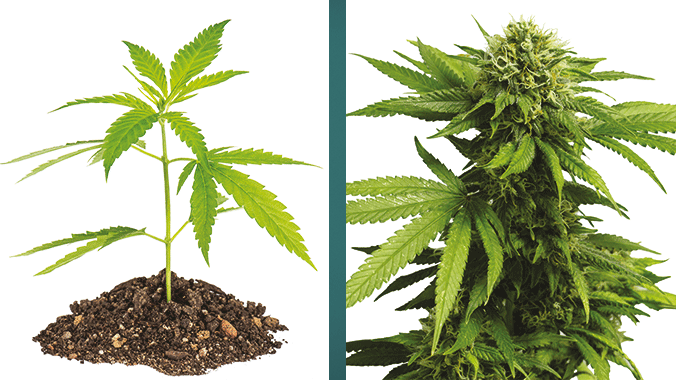
MICRONUTRIENTS FOR CANNABIS
The nutrients discussed above fall into the category of macronutrients, meaning they are required in large quantities for optimal function. However, cannabis also requires certain elements in small quantities, yet their presence is just as important. These are known as micronutrients and include iron, boron, molybdenum, sulphur, and zinc, among others.
All of these nutrients play important and specific roles within plant physiology, and a lack in any of them can cause deficiency symptoms. It’s rare to encounter deficiencies with these nutrients, and most commercial nutrient blends supply them in adequate quantities.






































